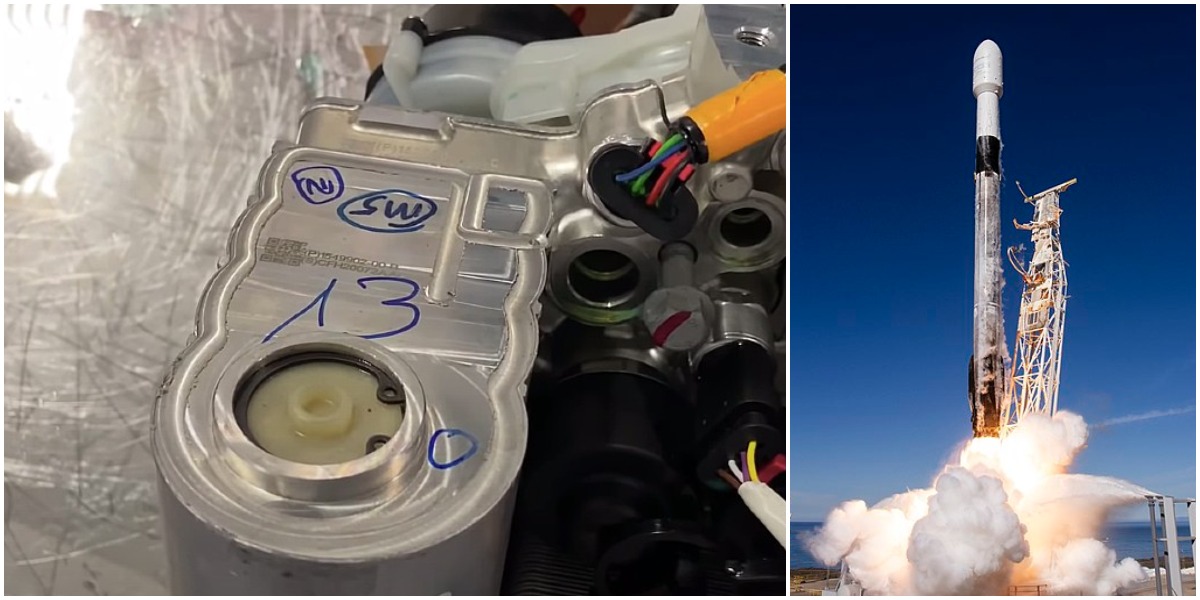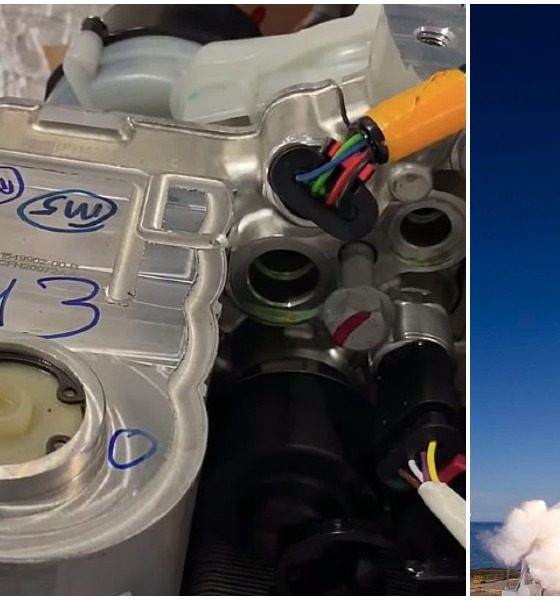A recent episode of Sandy Munro’s Tesla Model Y teardown series has revealed that the electric car company utilized friction stir welding (FSW) for the crossover’s thermal management system. The welding technique is commonly used among aerospace companies, like SpaceX, as a way to maintain the strength of aluminum parts while securing a reliable bond between pieces.
Munro’s analysis of the Octovalve coolant system revealed Tesla’s techniques for the revised thermal management portion of the Model Y. Munro discovered the Octovalve on April 4 after digging into the Model Y’s internal build. The new coolant assembly seemed to be a revised version of the Model 3’s “Superbottle,” which served as the heart of the sedan’s thermal management system.
A car’s thermal management apparatus is responsible for controlling and maintaining proper temperatures in critical portions of the vehicle. In the case of the Model Y, the Octovalve is responsible for motor, battery, and cabin cooling, according to Munro. The Detroit auto veteran said that typically, these systems should not be cooling the cabin if they are controlling battery or motor temperature. The thermal management system in the Model Y seems to be controlling the cabin, the battery, the electronics, and the motor nonetheless.
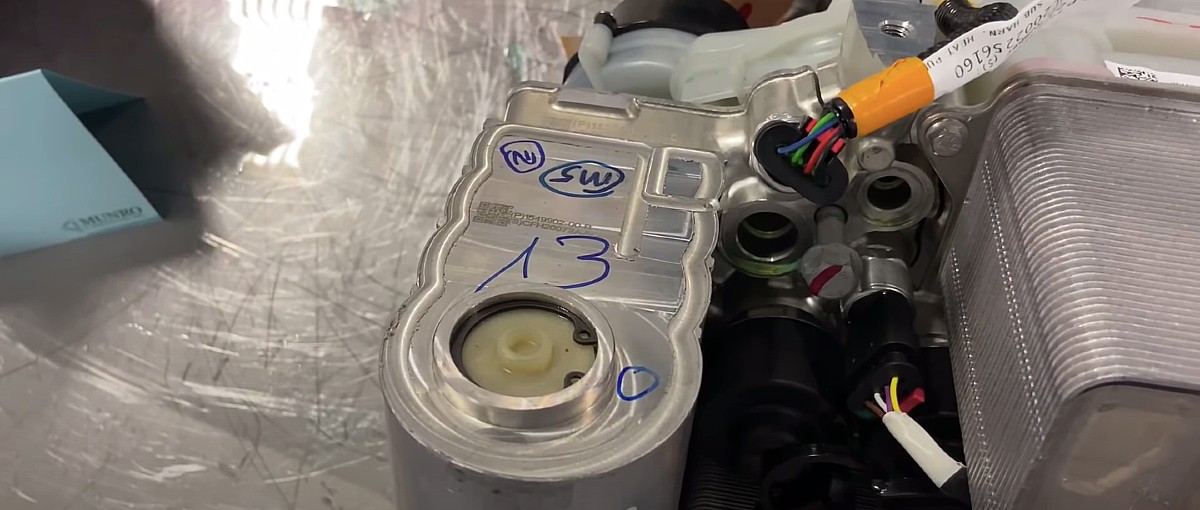
The Octovalve seems to be a state-of-the-art system as it uses, “some clever little ball valves that open and close to make sure that everything’s getting heated or everything’s being cooled to where it needs to be,” Munro said.
With the assembly overlooking the temperature for these many parts of the vehicle, the system is subjected to drastic and sharp temperature changes. Over time, the difference between heat and cold can begin to weaken portions of the car part, especially if it was exposed to excessive temperatures during manufacturing. This is where some SpaceX-grade solutions come into play.
Tesla chose to utilize friction stir welding for its aluminum portions of the coolant assembly. “This is a cool way of putting two parts of aluminum together, some other materials as well, but aluminum is kind of the most suited for it. And in essence, what happens is you have a stylus that spins around very very quickly. It pokes through the two pieces of metal that you want to friction stir weld. Then, it goes around the outside edge, and what it does is it uses the plastic state or thixotropic state of the aluminum to bind it together,” Munro said.
Simply put, the process allows aluminum to reach a temperature that allows two pieces of metal to come together with a strong bond, but it never turns the metal into a soft, liquid-like state. “It’s like soft butter, butter that you could see is firm, but you could cut it with a knife.”
The advantage of using this process is that the heat from the welding process only applies to the outer edges of the metal. The additional material that is not bonded to anything does not see the heat and is not weakened by the welding process. Stir welding is also time effective as it can be completed in a short period, but it is a careful process that does not apply unneeded stress upon the rest of the assembly.
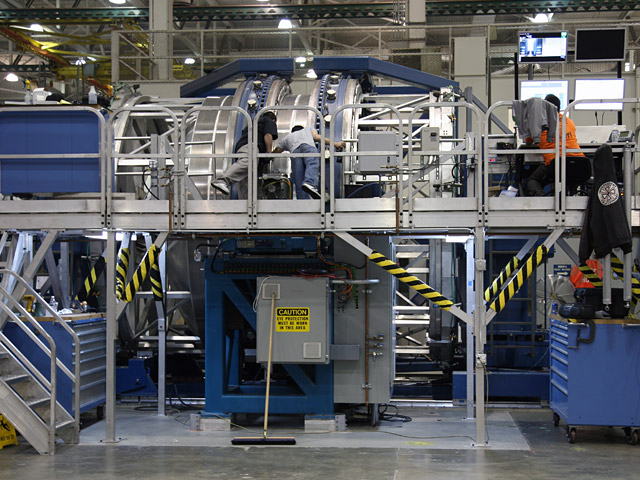
SpaceX uses friction stir welding for its rockets, as it increases strength by exposing only the bonded portions of two pieces of metal to each other. Friction stir welding was used by SpaceX back in 2008 when the company was combining barrel sections of the Falcon 9’s second stage. “The FSW joins metal without flames, sparking, inert gasses, or fumes, and produces a far superior weld in aluminum-lithium alloys as compared to traditional methods,” SpaceX said in a news update.
In the spirit of humor, Tesla and Elon Musk saw the Octovalve as a perfect opportunity to not only improve the performance of the vehicle temperature regulation system but also as an appropriate time to sprinkle in some additional humor in the form of an Easter Egg. The Model 3 donned a cape-wearing bottle-figured superhero for its “Superbottle” system, while the Model Y includes a snowflake-stamped Octopus as an Easter Egg.
Tesla has increased the effectiveness of its thermal management with the introduction of the Model Y’s Octovalve system. Elon Musk stated that it was some of the best engineering he had ever seen. The welding process could increase the longevity of the machine through its lack of exposure to excessive heat and stress during manufacturing.
Watch Munro’s video on the Model Y’s Octovalve welding below.

Elon Musk
Tesla’s Elon Musk gives timeframe for FSD’s release in UAE
Provided that Musk’s timeframe proves accurate, FSD would be able to start saturating the Middle East, starting with the UAE, next year.
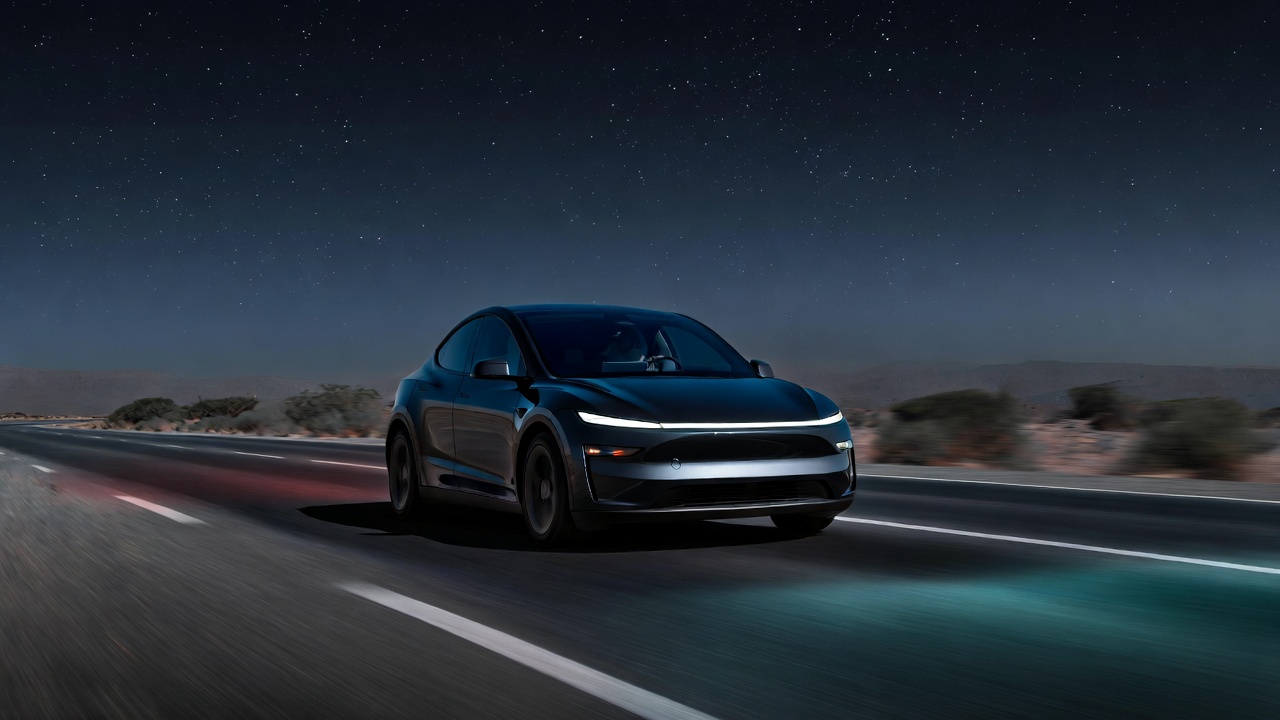
Tesla CEO Elon Musk stated on Monday that Full Self-Driving (Supervised) could launch in the United Arab Emirates (UAE) as soon as January 2026.
Provided that Musk’s timeframe proves accurate, FSD would be able to start saturating the Middle East, starting with the UAE, next year.
Musk’s estimate
In a post on X, UAE-based political analyst Ahmed Sharif Al Amiri asked Musk when FSD would arrive in the country, quoting an earlier post where the CEO encouraged users to try out FSD for themselves. Musk responded directly to the analyst’s inquiry.
“Hopefully, next month,” Musk wrote. The exchange attracted a lot of attention, with numerous X users sharing their excitement at the idea of FSD being brought to a new country. FSD (Supervised), after all, would likely allow hands-off highway driving, urban navigation, and parking under driver oversight in traffic-heavy cities such as Dubai and Abu Dhabi.
Musk’s comments about FSD’s arrival in the UAE were posted following his visit to the Middle Eastern country. Over the weekend, images were shared online of Musk meeting with UAE Defense Minister, Deputy Prime Minister, and Dubai Crown Prince HH Sheikh Hamdan bin Mohammed. Musk also posted a supportive message about the country, posting “UAE rocks!” on X.
FSD recognition
FSD has been getting quite a lot of support from foreign media outlets. FSD (Supervised) earned high marks from Germany’s largest car magazine, Auto Bild, during a test in Berlin’s challenging urban environment. The demonstration highlighted the system’s ability to handle dense traffic, construction sites, pedestrian crossings, and narrow streets with smooth, confident decision-making.
Journalist Robin Hornig was particularly struck by FSD’s superior perception and tireless attention, stating: “Tesla FSD Supervised sees more than I do. It doesn’t get distracted and never gets tired. I like to think I’m a good driver, but I can’t match this system’s all-around vision. It’s at its best when both work together: my experience and the Tesla’s constant attention.” Only one intervention was needed when the system misread a route, showcasing its maturity while relying on vision-only sensors and over-the-air learning.
News
Tesla quietly flexes FSD’s reliability amid Waymo blackout in San Francisco
“Tesla Robotaxis were unaffected by the SF power outage,” Musk wrote in his post.

Tesla highlighted its Full Self-Driving (Supervised) system’s robustness this week by sharing dashcam footage of a vehicle in FSD navigating pitch-black San Francisco streets during the city’s widespread power outage.
While Waymo’s robotaxis stalled and caused traffic jams, Tesla’s vision-only approach kept operating seamlessly without remote intervention. Elon Musk amplified the clip, highlighting the contrast between the two systems.
Tesla FSD handles total darkness
The @Tesla_AI account posted a video from a Model Y operating on FSD during San Francisco’s blackout. As could be seen in the video, streetlights, traffic signals, and surrounding illumination were completely out, but the vehicle drove confidently and cautiously, just like a proficient human driver.
Musk reposted the clip, adding context to reports of Waymo vehicles struggling in the same conditions. “Tesla Robotaxis were unaffected by the SF power outage,” Musk wrote in his post.
Musk and the Tesla AI team’s posts highlight the idea that FSD operates a lot like any experienced human driver. Since the system does not rely on a variety of sensors and a complicated symphony of factors, vehicles could technically navigate challenging circumstances as they emerge. This definitely seemed to be the case in San Francisco.
Waymo’s blackout struggles
Waymo faced scrutiny after multiple self-driving Jaguar I-PACE taxis stopped functioning during the blackout, blocking lanes, causing traffic jams, and requiring manual retrieval. Videos shared during the power outage showed fleets of Waymo vehicles just stopping in the middle of the road, seemingly confused about what to do when the lights go out.
In a comment, Waymo stated that its vehicles treat nonfunctional signals as four-way stops, but “the sheer scale of the outage led to instances where vehicles remained stationary longer than usual to confirm the state of the affected intersections. This contributed to traffic friction during the height of the congestion.”
A company spokesperson also shared some thoughts about the incidents. “Yesterday’s power outage was a widespread event that caused gridlock across San Francisco, with non-functioning traffic signals and transit disruptions. While the failure of the utility infrastructure was significant, we are committed to ensuring our technology adjusts to traffic flow during such events,” the Waymo spokesperson stated, adding that it is “focused on rapidly integrating the lessons learned from this event, and are committed to earning and maintaining the trust of the communities we serve every day.”
News
Waymo scrutinized after self-driving taxis cause traffic jams during SF blackout
It’s not farfetched to speculate that it would have been a doomsday scenario for Tesla had FSD behaved this way.
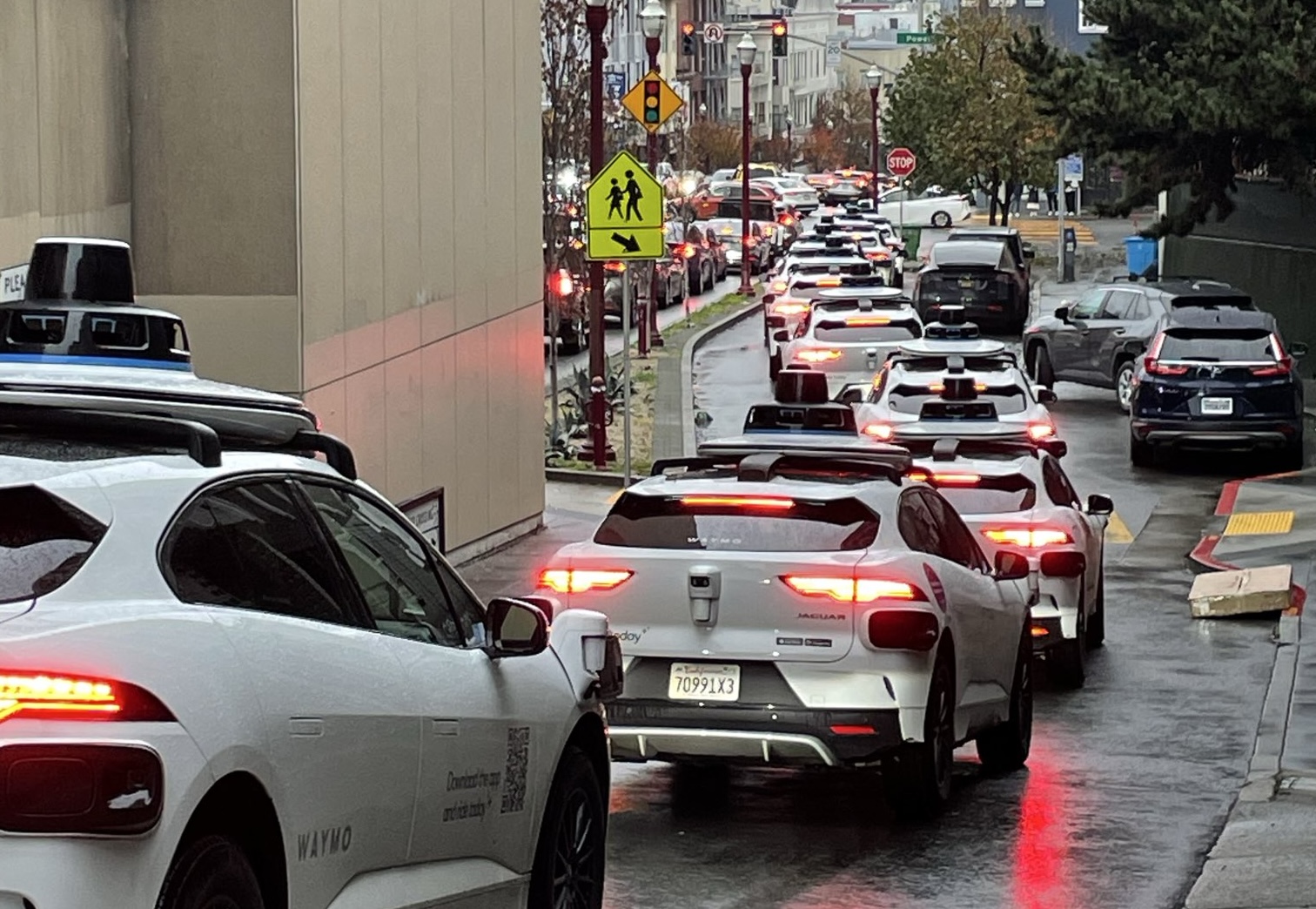
A power outage across San Francisco over the weekend forced numerous Waymo self-driving taxis to stop at darkened intersections and cause traffic blockages in multiple locations across the city. The disruption left riders stranded, frustrated drivers blocked, and city officials stepping in as the Alphabet-owned company temporarily suspended service amid the widespread gridlock.
Needless to say, it would likely have been a doomsday scenario for Tesla had FSD behaved in a similar way, especially if fleets of its robotaxis blocked traffic for numerous drivers.
Power outage halts Waymo fleet
The outage knocked out electricity for tens of thousands of customers, leaving traffic signals dark across large parts of the city, as noted in a report from the New York Times. Waymo vehicles began stopping at intersections and remained stationary for extended periods, seemingly unable to operate. Tow truck operators worked through the night removing immobilized vehicles, while videos circulated online showing Waymos with hazard lights flashing as traffic backed up around them.
Waymo later confirmed that it had paused its Bay Area ride-hailing service after the San Francisco mayor’s office contacted the company about the congestion its vehicles were contributing to. Service began coming back online shortly after 3:30 p.m. local time, though some users still reported being unable to request rides. Waymo maintained that no injuries or accidents were reported during the outage.
Autonomous cars during emergencies
The incident surprised industry observers since autonomous vehicles are designed to function during signal outages and temporary connectivity losses. Waymo stated that its vehicles treat nonfunctional signals as four-way stops, but “the sheer scale of the outage led to instances where vehicles remained stationary longer than usual to confirm the state of the affected intersections. This contributed to traffic friction during the height of the congestion.” Experts suggested the problem may have been linked to the vehicles’ reliance on remote assistance teams, which help resolve complex situations the cars cannot handle independently.
“Yesterday’s power outage was a widespread event that caused gridlock across San Francisco, with non-functioning traffic signals and transit disruptions. While the failure of the utility infrastructure was significant, we are committed to ensuring our technology adjusts to traffic flow during such events,” the Waymo spokesperson stated, adding that it is “focused on rapidly integrating the lessons learned from this event, and are committed to earning and maintaining the trust of the communities we serve every day.”
